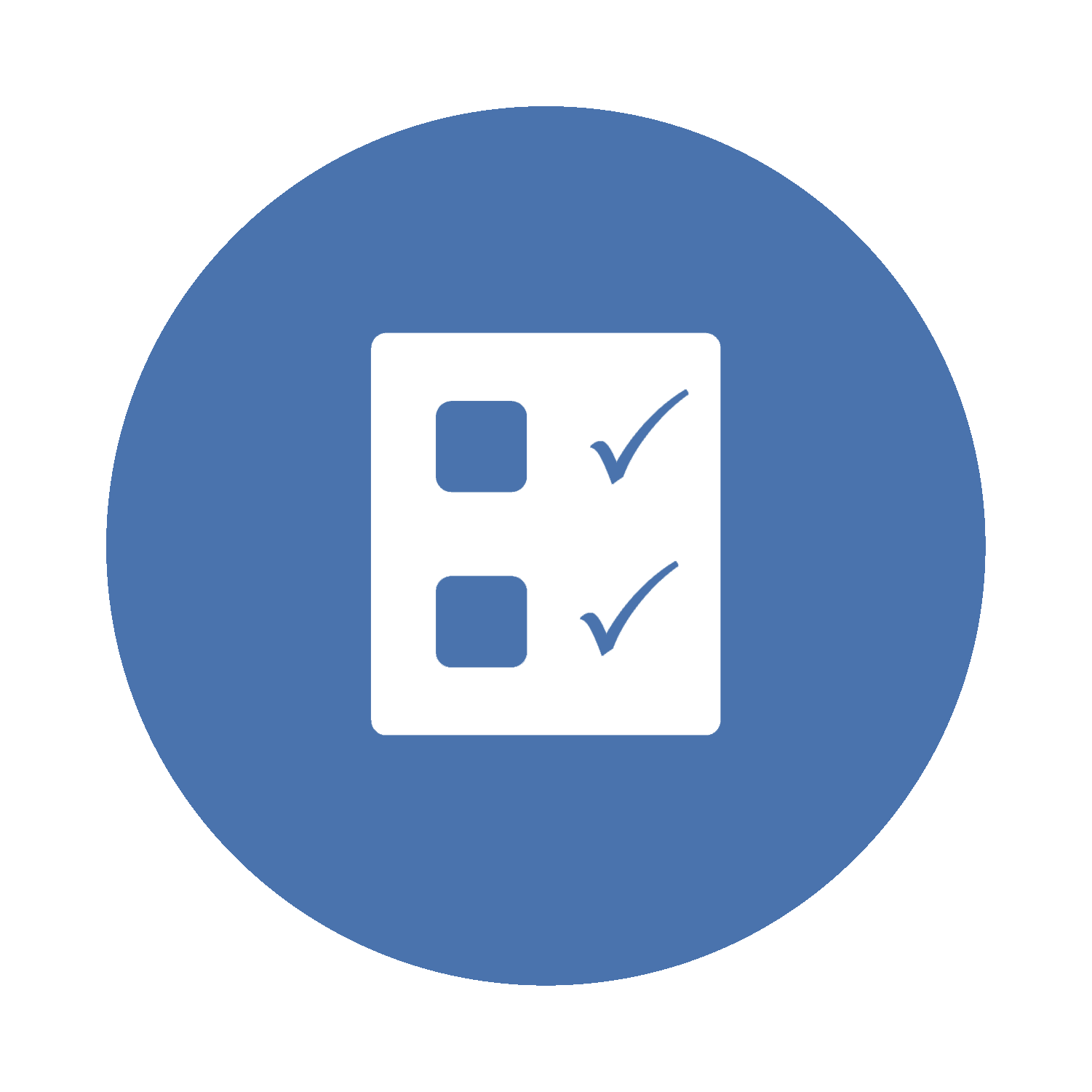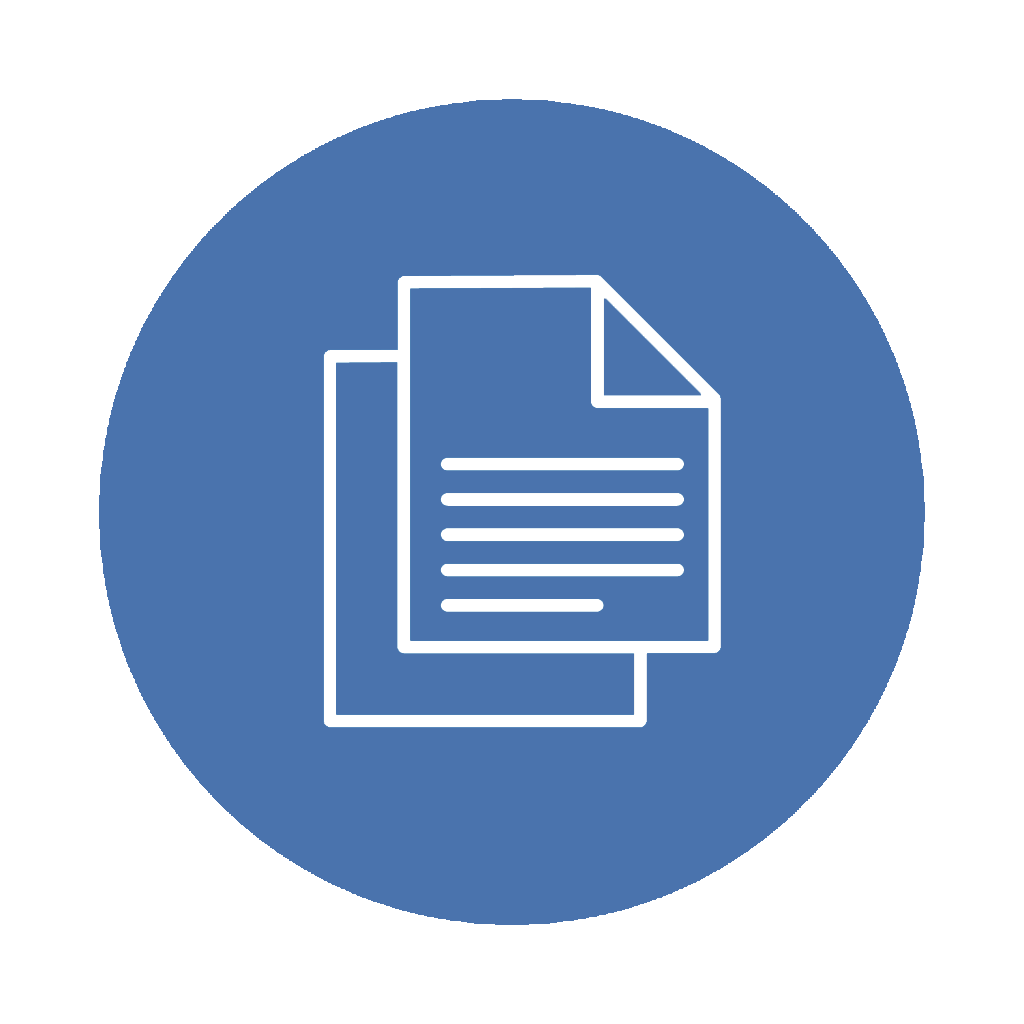05. The Nature and Evaluation of IT General Controls
05.01. Introduction to IT General Controls

 Briefly reflect on the following before we begin:
Briefly reflect on the following before we begin:
- What are IT General Controls (ITGCs), and why are they essential in information systems?
- How do ITGCs mitigate risks and threats in an organization?
- What are the potential impacts of weak or inadequate ITGCs?
ITGCs are the backbone of any organization’s information systems. They are designed to ensure these systems’ reliability, security, and effectiveness. In this section, we will discuss the nature, role, and importance of ITGCs in organizations. We will also review the various types of IT risks and threats organizations face and the role of ITGCs in shaping organizations’ overall security posture.
Next, we will explore the various components of IT General Controls. This includes system acquisition and change management controls, user access administration and security controls, computer operations controls, business continuity controls, etc. We also touch upon the evolving nature of IT General Controls in the face of emerging technologies and changing business landscapes.
Understanding the risks is just one part of the equation. Equally important is assessing the impact of weak IT General Controls. Inadequate controls can lead to significant vulnerabilities. These include data breaches, compliance failures, and operational disruptions. We will focus on articulating the repercussions of such weaknesses and framing mitigating ITGCs through feasible recommendations.
The Nature, Role, and Scope of ITGCs
ITGCs are integral to an organization’s IS’s secure and efficient operation by encompassing processes, practices and procedures that form a critical IT security and management backbone. ITGCs are crucial in establishing a safe IT environment by ensuring data confidentiality, integrity, and availability. They include network security, access controls, and data integrity mechanisms. These controls ensure that information systems operate effectively, data is protected, and regulatory requirements are met. Beyond compliance, ITGCs are pivotal in risk management by protecting IS from cyber threats (hacking, phishing, etc.) and internal risks (unauthorized access, data leakage, etc.). Thus, the nature of ITGCs is multifaceted, addressing various elements essential to an organization’s IT framework.
ITGCs are not confined to a single aspect of IT; instead, they span the entire IT landscape of an organization. From governing user access to managing network security, from ensuring data backup to overseeing software development, ITGCs are all-encompassing. They form the framework within which IT activities are conducted and monitored. The effectiveness of ITGCs is foundational to an organization’s IT health. They must evolve with changing technologies and business needs. This dynamism necessitates continuous review and updating of ITGCs to address new challenges and incorporate advancements. Therefore, the scope of ITGCs is broad and adaptable, covering current and emerging IT facets.
ITGCs also play a critical role in aligning IT with business objectives. They ensure that IT resources are used efficiently and contribute to achieving organizational goals. This alignment is crucial for organizations to harness the full potential of their IT investments by providing a structured framework for IT governance. Let’s consider the typical scope of ITGCs addressing the commonly faced IT risks and threats.
In the digital age, one of the most pressing risks that ITGCs address is the threat of cyber attacks. These attacks can take various forms, such as hacking, phishing, and malware attacks, posing a severe threat to the confidentiality, integrity, and availability of sensitive data. ITGCs such as firewall management, intrusion detection systems, and periodic security audits are instrumental in establishing robust barriers against these cyber threats. By implementing these controls, organizations can significantly reduce their vulnerability to cyber attacks, safeguarding their data and systems from unauthorized access and potential breaches.
Another critical risk mitigated by ITGC is internal threats, which often stem from within the organization. These threats include unauthorized system access, data leakage, and insider fraud. This risk pertains to the potential for unauthorized individuals, either external or internal, to gain access to sensitive systems and data. Unauthorized access can lead to data breaches, loss of confidential information, and potential compliance violations. The risk underscores the importance of robust access control mechanisms within ITGCs, ensuring that only authorized personnel can access critical systems and information. Access controls, such as user authentication and authorization mechanisms, are vital to ITGC in managing these internal risks. They ensure that only authorized personnel have access to sensitive information, thereby minimizing the potential for internal data breaches and misuse of information. Similarly, data loss or corruption can arise from various sources, including system failures, human error, or cyberattacks. The impact of data loss or corruption can be severe, ranging from operational disruptions to legal implications if sensitive data is involved. Implementing effective data backup and recovery strategies within ITGCs is essential to mitigate this risk, ensuring that data can be restored quickly and accurately in case of loss.
Operational risks are also a significant concern that ITGCs help to mitigate. System downtime and operational disruptions are also primary risks. IT systems are integral to the day-to-day operations of most organizations, and any downtime can lead to significant operational and financial consequences. ITGCs, such as regular system maintenance, data backup procedures, and disaster recovery plans, are vital in ensuring IT systems’ smooth and continuous operation. Similarly, vendor management risks arise when organizations rely on third-party vendors for IT services and products. This reliance can lead to vendor reliability, data security, and service continuity risks. To mitigate these risks, effective ITGCs should include vendor risk management processes, such as regular vendor assessments and contract reviews. By addressing operational risks, ITGCs contribute to the overall performance and stability of an organization’s IT infrastructure. Moreover, poorly managed changes to IT systems can lead to errors, system instability, and security vulnerabilities. ITGCs should include robust change management processes, with proper planning, testing, and approval of changes to mitigate these risks.
Compliance risk is another area where ITGCs are fundamentally essential. With increasing data privacy and security regulations, such as GDPR and HIPAA, organizations are often subject to various regulatory requirements for data protection, privacy, and IT governance. Non-compliance can result in legal penalties, financial losses, and reputational harm. ITGCs facilitate compliance by implementing standards and procedures that align with regulatory requirements. They include data encryption, audit trails, and regular compliance assessments, ensuring that organizations meet their legal and ethical obligations in managing IS.
Lastly, ITGCs also address the risks associated with technological changes and advancements. As technology evolves, new risks emerge, requiring organizations to adapt their IT controls accordingly. ITGCs provide a framework for continuously assessing and updating security measures in response to emerging technologies, such as cloud computing, mobile computing, blockchain, and the Internet of Things (IoT). This adaptability is crucial in managing the risks associated with technological evolution and ensuring that IT systems remain secure and effective in the face of change.
Types of IT General Controls
Let’s delve into the various categories of ITGCs essential for maintaining robust IS. The table below aims to provide an overview of each category of ITGC, their nature, the key activities they encompass, and the primary risks they mitigate.
IS Acquisition and Development ITGCs focus on the processes and controls related to acquiring and developing IS. They ensure that new systems or upgrades align with organizational needs and standards. They include evaluating vendor reliability, providing secure software development practices, and assessing data privacy during development. The primary risks in this category include inadequate functionality, vendor dependency, security vulnerabilities in new software, non-compliance with data privacy regulations, and potential integration issues with existing systems.
IS Change Management Controls are crucial for overseeing modifications in IT systems designed to ensure that changes are implemented smoothly and do not disrupt business operations. Key activities encompass change request evaluations, testing before implementation, and documentation. Risks associated with weak change management controls include unauthorized changes leading to system failures, lack of accountability for changes, potential security breaches, disruption of business operations, and non-compliance with regulatory standards.
User Access Administration ITGCs manage who has access to what information within an organization and play a critical role in protecting sensitive data. Activities in this category include setting up role-based access controls, monitoring user activities, and regularly reviewing access rights. The risks mitigated by these controls include unauthorized access to sensitive data, data theft or leakage, non-compliance with data protection regulations, potential insider threats, and inefficient access management, leading to operational delays.
IS Security Management Controls are designed to protect systems from external and internal threats by ensuring data confidentiality, integrity, and availability. Activities include implementing firewalls and antivirus software, conducting regular security audits, and establishing incident response protocols. The primary risks in this category are cyber-attacks like hacking and phishing, data breaches, unauthorized data alterations, non-compliance with security regulations, and operational disruptions due to security incidents.
Computer Operations Management ITGCs focus on running and maintaining computer systems. They ensure the reliability and efficiency of IT operations. Activities include system performance monitoring, backup and recovery processes, and compliance reporting. Risks these controls address include system downtime, data loss, inefficiency in IT operations, non-compliance with operational standards, and inadequate disaster recovery preparedness.
Business Continuity and Disaster Recovery Preparedness Controls ensure organizations can continue operations and recover quickly during a disaster. Key activities include developing and testing disaster recovery plans, assessing business impact, and risk assessments. Risks mitigated include prolonged system downtime, loss of critical data, inability to resume operations post-disaster, non-compliance with industry standards for disaster recovery, and reputational damage due to poor disaster response.
Data Governance, Management, and Security ITGCs focus on properly handling, classifying, and protecting data through data encryption, establishing data handling policies, and regular data security audits. The risks in this category are data breaches, non-compliance with data protection laws, unauthorized data access, data corruption or loss, and inefficiencies in data management.
IS Project Auditing Controls involve examining and evaluating the management of IS projects to ensure that projects align with organizational goals and are executed effectively. Activities include auditing project lifecycle phases, evaluating project management controls, and assessing project risks. Risks addressed include project overruns, non-alignment with business objectives, inadequate resource allocation, potential project failures, and non-compliance with project management standards.
Assessing the Impact of Weak IT General Controls
Weak ITGCs can lead to many serious repercussions, the most immediate of which is heightened vulnerability to cyber threats. Ineffective ITGCs can expose an organization’s systems to unauthorized access, data breaches, and malware infections. These vulnerabilities can manifest in various ways, each with its distinct impact on the organization. Let’s delve into the nature of these weaknesses, followed by specific examples to illustrate their repercussions.
| Control | Description | Example |
|---|---|---|
| Inadequate Access Controls: | When access controls are weak, unauthorized individuals can gain entry to critical systems and data. This could result from improperly configured user permissions or a lack of monitoring. The impact of such a weakness can be devastating, leading to data breaches, fraud, or system misuse. | Employees with limited access permissions to financial systems can exploit a weak access control system by escalating their privileges. They may then manipulate financial records, leading to fraudulent transactions and financial loss. |
| Poor Change Management Controls | When change management processes are deficient, the organization needs help tracking and regulating system modifications. This can lead to unintended system downtime, errors, and security vulnerabilities. | Inadequate change management controls might allow an unplanned software update to disrupt critical business operations. For instance, an untested update to a customer relationship management (CRM) system could make customer data inaccessible, causing service disruptions and customer dissatisfaction. |
| Segregation of Duties (SoD) Failures | Weak SoD controls can result in conflicts of interest and the potential for fraud or errors in financial reporting. | In a scenario where a single individual has both authorization to initiate financial transactions and approval authority, they could manipulate financial records, create fictitious transactions, and approve them without detection, leading to fraudulent activities and misstated financial statements. |
| Inefficient Backup and Recovery Controls | Insufficient backup and recovery procedures put the organization at risk of data loss during system failures or disasters. | Without proper backup controls, critical customer data stored on a server might be irretrievably lost in the event of a hardware failure, resulting in a loss of customer trust and potential legal consequences. |
| Regulatory Non-Compliance | Weak ITGCs can lead to non-compliance with industry-specific regulations, exposing the organization to fines and legal penalties. | In the healthcare sector, an organization’s failure to implement adequate data security controls might lead to a breach of patient confidentiality, resulting in non-compliance with the Health Insurance Portability and Accountability Act (HIPAA) and hefty regulatory fines. |
| Insufficient Security Awareness and Training | Employees who lack awareness of cybersecurity best practices and potential risks can unwittingly become targets for social engineering attacks or inadvertently compromise security. | An employee receives a phishing email and, due to a lack of security training, clicks on a malicious link, allowing cybercriminals to infiltrate the organization’s network, steal sensitive data, and potentially launch further attacks. |
| Inadequate Incident Response | With a well-defined incident response plan and monitoring capabilities, the organization may be able to detect and respond to security incidents promptly. | A malware infection goes unnoticed due to a lack of monitoring. When discovered, the malware has already exfiltrated sensitive customer data, causing a significant data breach and reputational damage. |
| Weak Physical Security Controls | Neglecting physical security measures for data centers and server rooms can expose critical infrastructure to theft, unauthorized access, or environmental hazards. | Insufficient physical security allows an unauthorized individual to access a data center, resulting in the theft of servers containing valuable proprietary information and intellectual property. |
| Ineffective IT Policies and Procedures | Without clearly defined and enforced IT policies and procedures, employees may lack guidance on handling sensitive data, leading to inconsistent and risky practices. | Without a clear data disposal policy, employees dispose of sensitive documents in regular trash bins, making it easy for dumpster divers to access confidential information, potentially leading to data breaches. |
| Lack of Regular IT Audits | Failing to conduct regular IT audits to assess the effectiveness of controls and identify vulnerabilities can result in prolonged exposure to risks and weaknesses. | A financial institution needs to perform routine IT audits. Over time, vulnerabilities accumulate unnoticed, and a cyber attack exploiting these weaknesses occurs, resulting in significant economic losses and regulatory scrutiny. |
From data breaches and financial losses to operational disruptions and regulatory penalties, the impact of these weaknesses underscores the critical importance of robust ITGCs in safeguarding an organization’s digital infrastructure and overall well-being. Addressing these weaknesses through proactive measures and continuous improvement is essential for mitigating risks and protecting an organization’s digital assets.
 In the Spotlight
In the Spotlight
For additional context on the effectiveness of ITGCs, please read the article “Rethinking the Effectiveness of Controls in The Digital Age” [opens a new tab].
Cano, J. (2022). Rethinking the effectiveness of controls in the digital age. ISACA Journal, 4. https://www.isaca.org/resources/isaca-journal/issues/2022/volume-4/rethinking-the-effectiveness-of-controls-in-the-digital-age
 Key Takeaways
Key Takeaways
Let’s recap the key concepts discussed in this section by watching this video.
Source: Mehta, A.M. (2023, December 6). AIS OER ch 05 topic 01 key takeaways [Video]. https://youtu.be/0gfZ3IEBsVY
 Knowledge Check
Knowledge Check
 Review Questions
Review Questions
- Describe the role of IT General Controls in mitigating cyber threats.
- How does inadequate User Access Administration impact an organization?
- Explain the importance of Disaster Recovery Preparedness in IT General Controls.
- What are the consequences of poor Data Governance, Management, and security?
 Mini Case Study
Mini Case Study
You are an IS auditor reviewing the IT operations of a medium-sized e-commerce company. Recently, the company implemented a new customer relationship management (CRM) system.
- During your audit, you will find the following:
- The CRM system was selected primarily based on the recommendation of the IT manager without a formal evaluation process.
- Post-implementation, several security vulnerabilities were identified in the system.
- There is no formal process for managing changes to the system.
- Employees have reported access issues, either not having access to necessary functions or having more access than required.
- The company does not have a formal disaster recovery plan for the CRM system.
Required: Based on this scenario, identify the IT General Controls weaknesses and recommend appropriate controls to address these issues.
The approach to transitioning individuals, teams, and organizations to a desired future state, particularly in the context of new IT systems or changes to existing IT infrastructure.
Part of ITGCs ensuring data confidentiality, integrity, and availability through controls like firewall management and intrusion detection systems.
Mechanisms within ITGCs to ensure that only authorized personnel can access critical systems and information, managing internal risks like unauthorized access and data leakage.
Occurs when individuals access systems or data they are not permitted to, leading to potential security breaches.
Essential ITGC components that mitigate data loss or corruption risks, ensuring data restoration in case of loss.
The risk of loss resulting from inadequate or failed internal processes, people, and systems, or external events in IT.
Processes included in ITGCs to mitigate risks arising from reliance on third-party vendors for IT services and products.
Risks in IS acquisition and development, including weaknesses that expose the organization to cyber threats.
Controls overseeing IT system modifications to ensure smooth, secure, and efficient implementation, addressing risks like unauthorized changes and security breaches
When access controls are weak, unauthorized individuals can gain entry to critical systems and data.
When change management processes are deficient, the organization needs help tracking and regulating system modifications.
Weak SoD controls can result in conflicts of interest and the potential for fraud or errors in financial reporting.
Insufficient backup and recovery procedures put the organization at risk of data loss during system failures or disasters.
Employees who lack awareness of cybersecurity best practices and potential risks can unwittingly become targets for social engineering attacks or inadvertently compromise security.
With a well-defined incident response plan and monitoring capabilities, the organization may be able to detect and respond to security incidents promptly.
Without clearly defined and enforced IT policies and procedures, employees may lack guidance on handling sensitive data, leading to inconsistent and risky practices.
Failing to conduct regular IT audits to assess the effectiveness of controls and identify vulnerabilities can result in prolonged exposure to risks and weaknesses.

